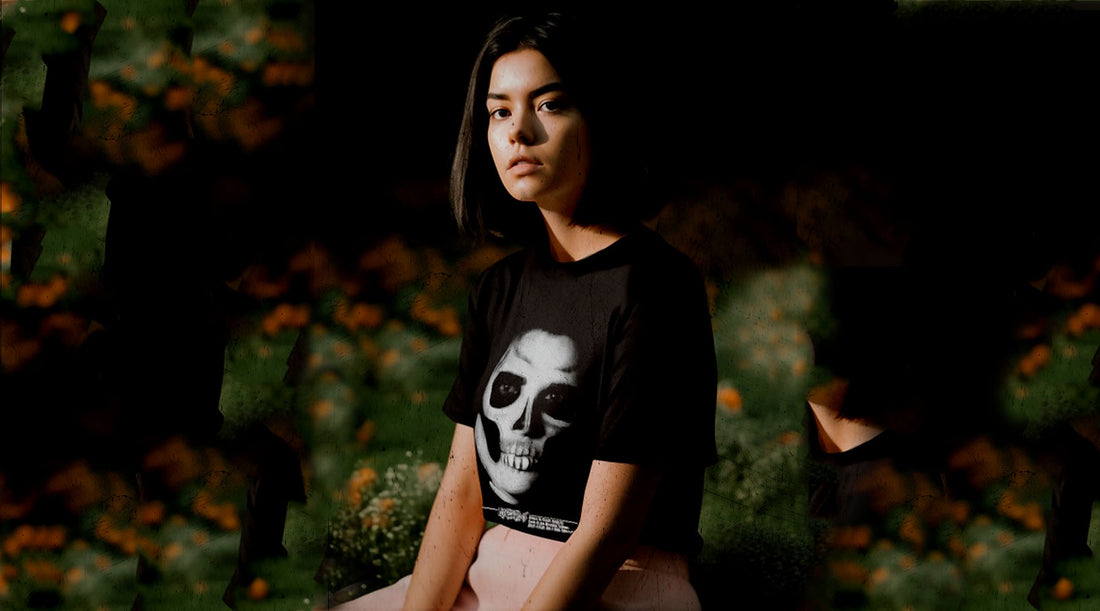The Day of the Dead, known as Dia de los Muertos, is a profound celebration of life and remembrance that vibrantly colors the cultural tapestry of Mexico and various Latin American nations. It intertwines ancient indigenous practices with Catholic traditions, crafting a unique commemoration that bridges generations and embodies the essence of cultural heritage.
Rooted in the beliefs of indigenous cultures, such as the Aztecs, the Day of the Dead emerged as a celebration that embraced the natural cycle of life and death. Rather than mourning, it was a joyful recognition of departed loved ones' lives. The Spanish conquest introduced Catholic elements like All Saints' Day and All Souls' Day, merging with existing rituals to shape the vibrant celebration observed today.
Over three days, from October 31st to November 2nd, families create ofrendas, intricate altars adorned with marigolds, candles, photographs, and the favorite foods of the departed. These ofrendas serve as intimate spaces for families to pay tribute and share memories, creating a bridge that connects the living and the deceased in a celebration of eternal bonds.
Central to this celebration are the iconic sugar skulls, symbolizing the sweetness of life and the transient nature of human existence. Alongside these, calacas and calaveras, whimsical skeletal figures engaging in everyday activities, portray a profound belief that death is an integral part of life to be embraced, not feared.

The Day of the Dead is a vividly celebrated tradition in Mexico, where cities and communities host grand parades, or calendas, filled with music, dance, and vibrant costumes. These effervescent processions pay homage to departed spirits and honor the continuum of life, showcasing the enduring cultural heritage of Mexico.
Beyond Mexico, the Day of the Dead has transcended borders, gaining global recognition. Its inscription on the UNESCO Intangible Cultural Heritage of Humanity list in 2008 underscored its cultural significance and value. Communities in the United States, particularly in regions with a substantial Mexican population, fervently celebrate this tradition through art exhibitions, street festivals, and traditional music and dance performances.
This celebration of life and remembrance serves as a poignant reminder to cherish the memories of departed loved ones. It unites communities in honoring those who came before us, celebrating the exquisite yet fragile nature of life itself.
The continued observance of the Day of the Dead and other Mexican traditions is vital in preserving cultural identity. It's a means of passing down ancestral customs, stories, and beliefs, ensuring the essence of Mexican heritage thrives in the hearts and minds of future generations.
Whether partaking in the traditional rituals or pausing to reflect on the holiday's significance, the Day of the Dead remains a potent reminder that death is not an end but a seamless continuation in the eternal cycle of life. It beckons us to embrace cherished memories, celebrate life's beauty, and recognize the interconnectedness of existence—a living tribute to the enduring legacy of Mexican culture.

